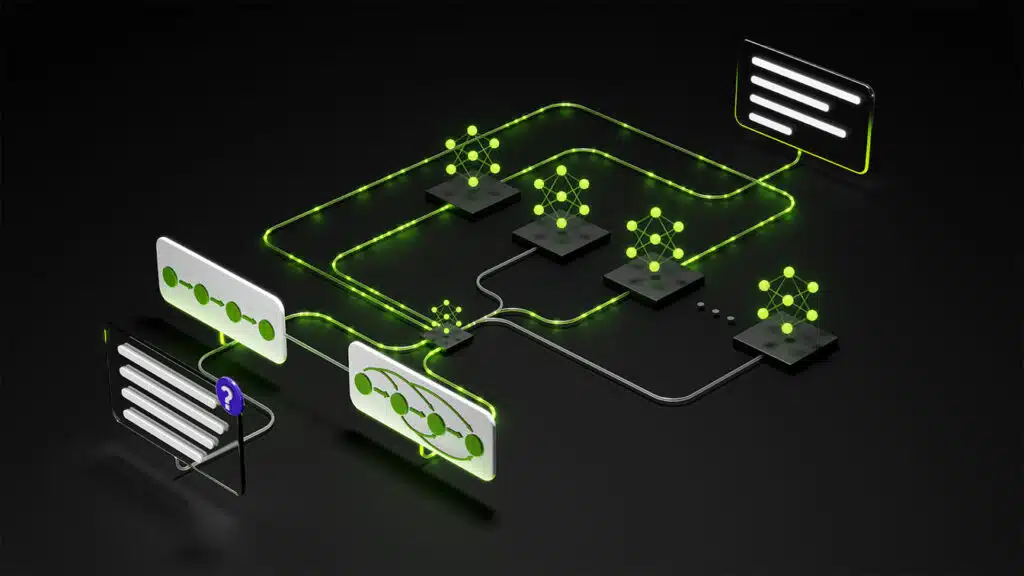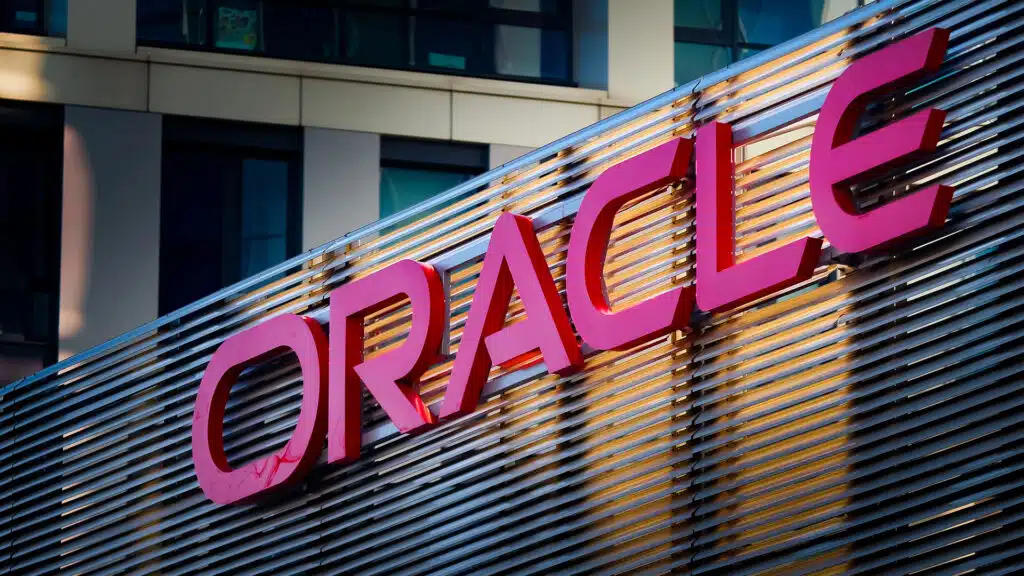The News: Google Distributed Cloud Edge (GDCE) became generally available (GA) in March 2023, and at the National Retail Federation (NRF) show in New York, Google was highlighting this technology in a retail-specific context. You can learn more on Google’s website.
Google Distributed Cloud Edge
Analyst Take: In an era where retail is rapidly evolving, in-store IT for retailers presents a complex landscape, often characterized by the long lifecycle of point of sale (POS) systems, which necessitates regular updates and maintenance to stay current and efficient. The expertise required to manage these IT systems typically exceeds the skill set of in-store employees, who are primarily focused on customer service and sales, not IT management. This disparity underscores the need for robust remote management solutions to pre-emptively address potential outages and reduce the overall complexity of in-store IT infrastructure, ensuring smooth and continuous retail operations.
Against this backdrop, GDCE has emerged as a transformative force, a fact that was on display at the recent NRF Big Show in New York. This event, a confluence of retail industry leaders, provided the perfect platform for Google to showcase how GDCE is set to revolutionize the retail sector. Let’s explore how this technology is reshaping retail by reducing in-store complexity and IT infrastructure.
Key Benefits of GDCE in Retail
The key benefits of GDCE that notably stand out include a range of features that directly address the core needs of modern retail operations:
- Enhanced In-Store Experience: GDCE empowers retailers with the capability to process data locally, which is a game changer in improving the efficiency of various in-store services. This local data processing facilitates quick and effective inventory management, and also allows for the creation of personalized customer experiences. These enhancements are made possible through real-time edge processing, which means that data is handled swiftly and efficiently, right at the point of its generation, leading to a more responsive and dynamic retail environment.
- Reduced IT Infrastructure: A significant advantage of GDCE is its ability to greatly reduce the necessity for a comprehensive in-store IT infrastructure. By leveraging the power of cloud and edge computing, GDCE enables retailers to depend on remote servers and networks. This shift not only diminishes the physical and financial burden of maintaining extensive on-premises hardware but also allows retail staff to focus more on delivering exceptional customer service rather than getting entangled in technical complexities. The result is a noticeable enhancement in store operations, characterized by smoothness and efficiency.
- Data Security and Compliance: In the realm of retail, where sensitive customer data is frequently handled, GDCE’s robust security and privacy features stand out as essential. GDCE ensures that retailers can confidently comply with data protection regulations. This comprehensive security is not just limited to data at rest but extends to data in transit, offering peace of mind and a secure framework for handling customer information.
- Real-Time Inventory Management: Another pivotal benefit of GDCE is the integration of sophisticated inventory tracking and management systems. This feature enables retailers to maintain optimal stock levels and ensure product availability. The real-time aspect of this system means that inventory data is always up-to-date, helping to avoid overstocking or stockouts, and thereby optimizing the supply chain efficiency.
- Personalized Customer Interactions: GDCE harnesses the power of data analytics and artificial intelligence to transform the retail customer experience. By analyzing customer data, retailers can offer highly personalized shopping experiences, tailored to individual preferences and behaviors. This customization not only enhances customer satisfaction but also fosters loyalty, as customers feel understood and valued in their shopping journey.
In summary, GDCE offers a comprehensive suite of benefits that address key aspects of retail operations, from enhancing the customer experience to simplifying IT infrastructure, ensuring data security, and providing real-time operational insights. These features collectively contribute to a more efficient, secure, and customer-focused retail environment.
As GDCE matures alongside Google’s Vertex offerings I will be tracking for further use cases of where on-premises AI can be deployed to power retail-specific use cases.
Retailers’ Response to GDCE
The response from retailers at the NRF Big Show was overwhelmingly positive according to the team that briefed me at the show. While I would expect Google to be up-beat on their capabilities, the potential of GDCE to modernize their operations, especially in the context of the ongoing digital transformation in retail is tangible. The ability to process data locally, while maintaining security and compliance, should be particularly appealing to retailers looking to stay ahead in a competitive market.
Looking Forward
Looking forward, GDCE is poised to become a cornerstone in the retail industry’s technological infrastructure. Its alignment with the current trends of reducing in-store complexity and minimizing IT infrastructure positions it as an ideal solution for retailers seeking to adapt to the changing landscape. GDCE’s showcase at the NRF this week shed light on its pivotal role in retail innovation for me and how this can become the cornerstone of how retailers address complexity and as by product reduce IT costs. By simplifying in-store operations and reducing IT infrastructure, GDCE offers a pathway for retailers to navigate the complexities of modern retail. As the retail industry continues to evolve, technologies like GDCE will undoubtedly be at the forefront, driving change and shaping the future of retail.
Disclosure: The Futurum Group is a research and advisory firm that engages or has engaged in research, analysis, and advisory services with many technology companies, including those mentioned in this article. The author does not hold any equity positions with any company mentioned in this article.
Analysis and opinions expressed herein are specific to the analyst individually and data and other information that might have been provided for validation, not those of The Futurum Group as a whole.
Other Insights from The Futurum Group:
Google Cloud Next: A Deep Dive Into AI and Modern Infrastructure
Previewing Google Cloud Next ’23 – Six Five On the Road
Author Information
Steven engages with the world’s largest technology brands to explore new operating models and how they drive innovation and competitive edge.







